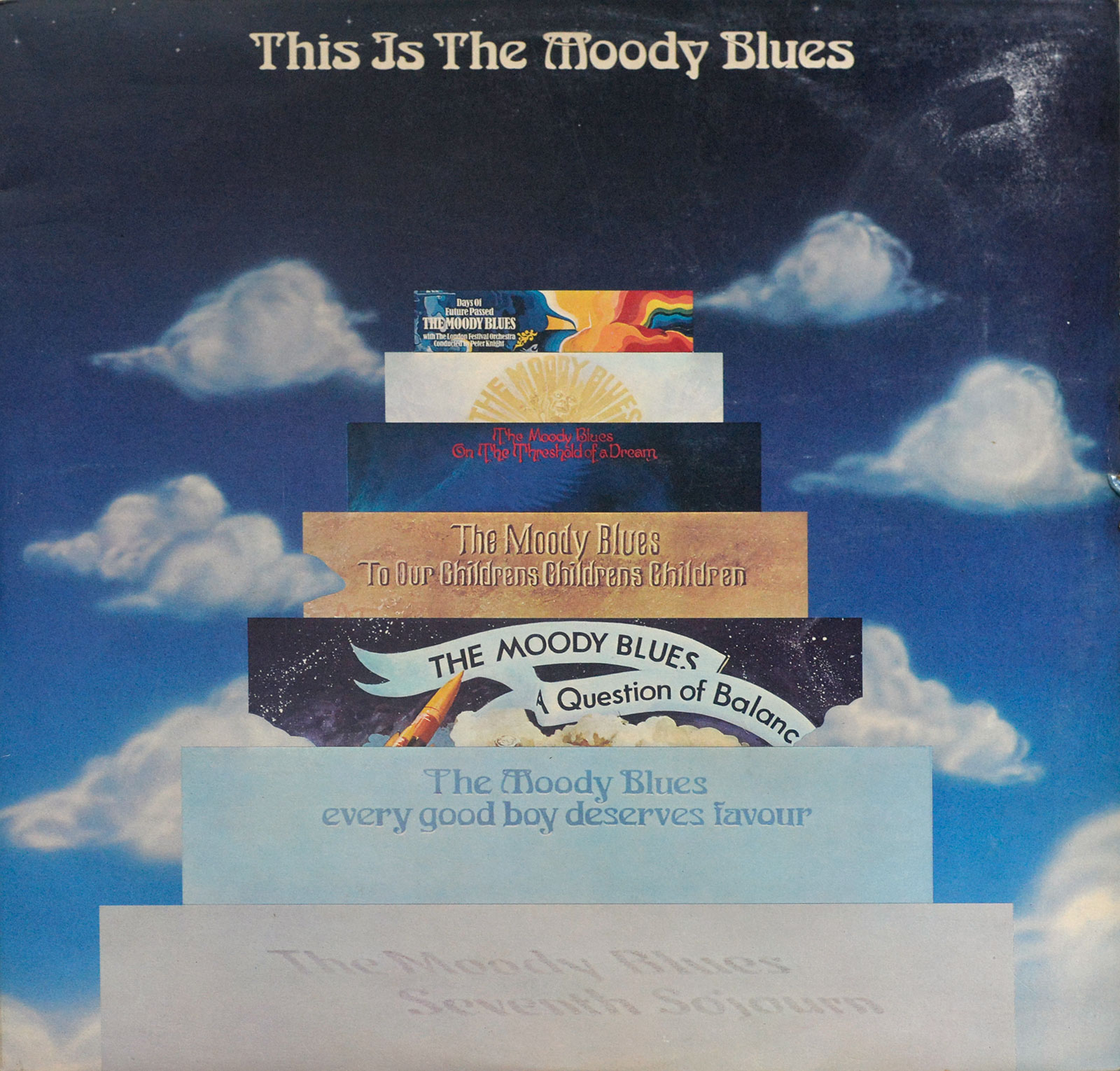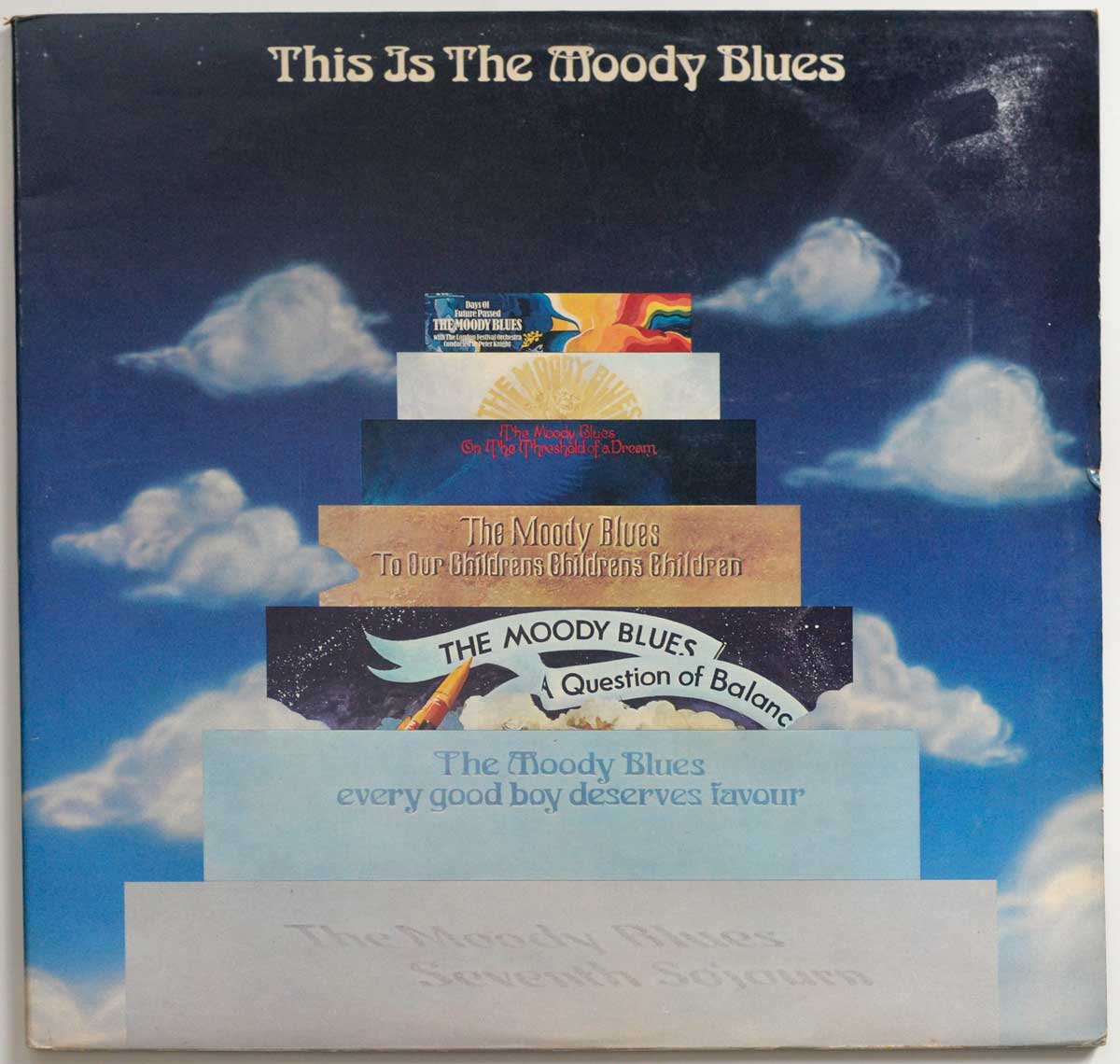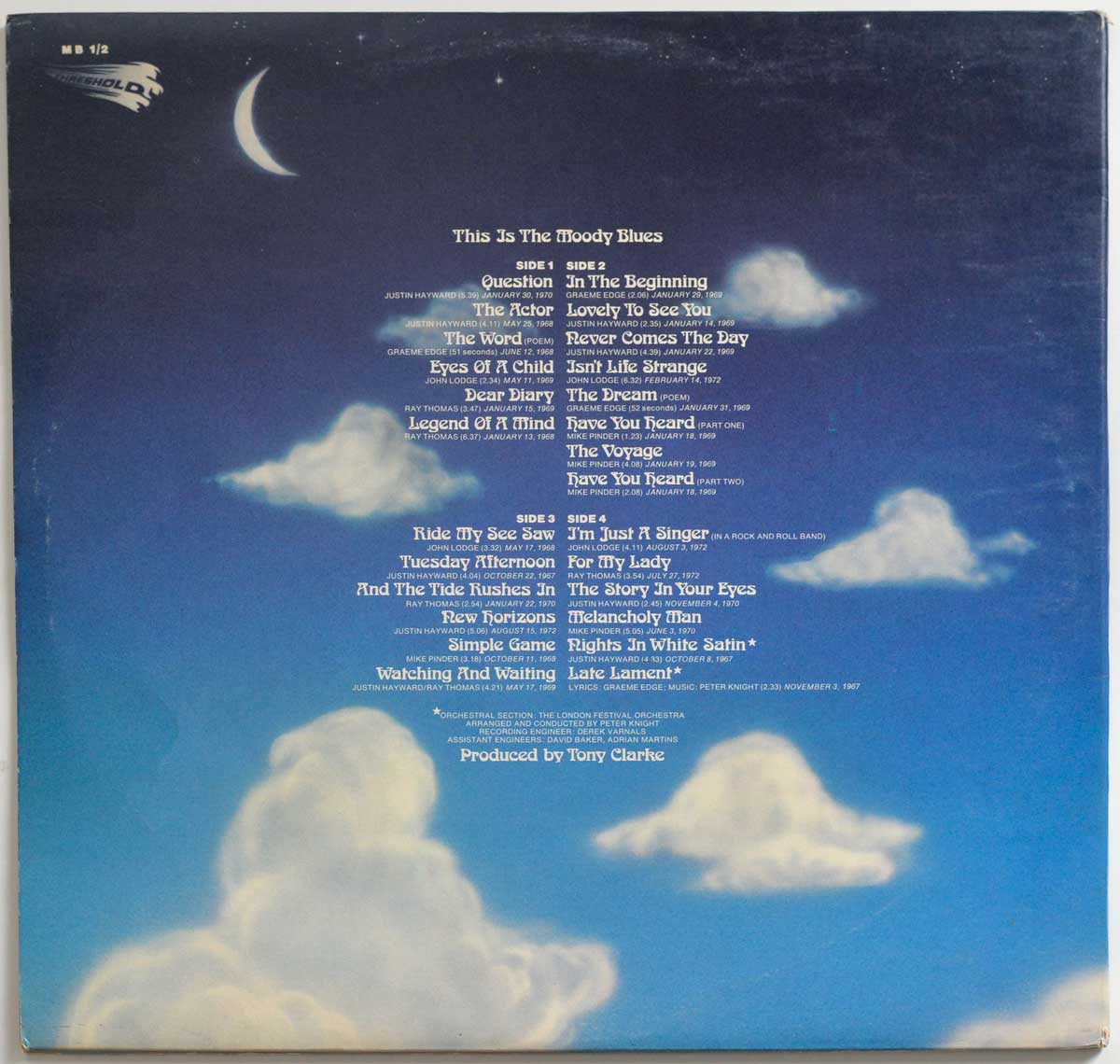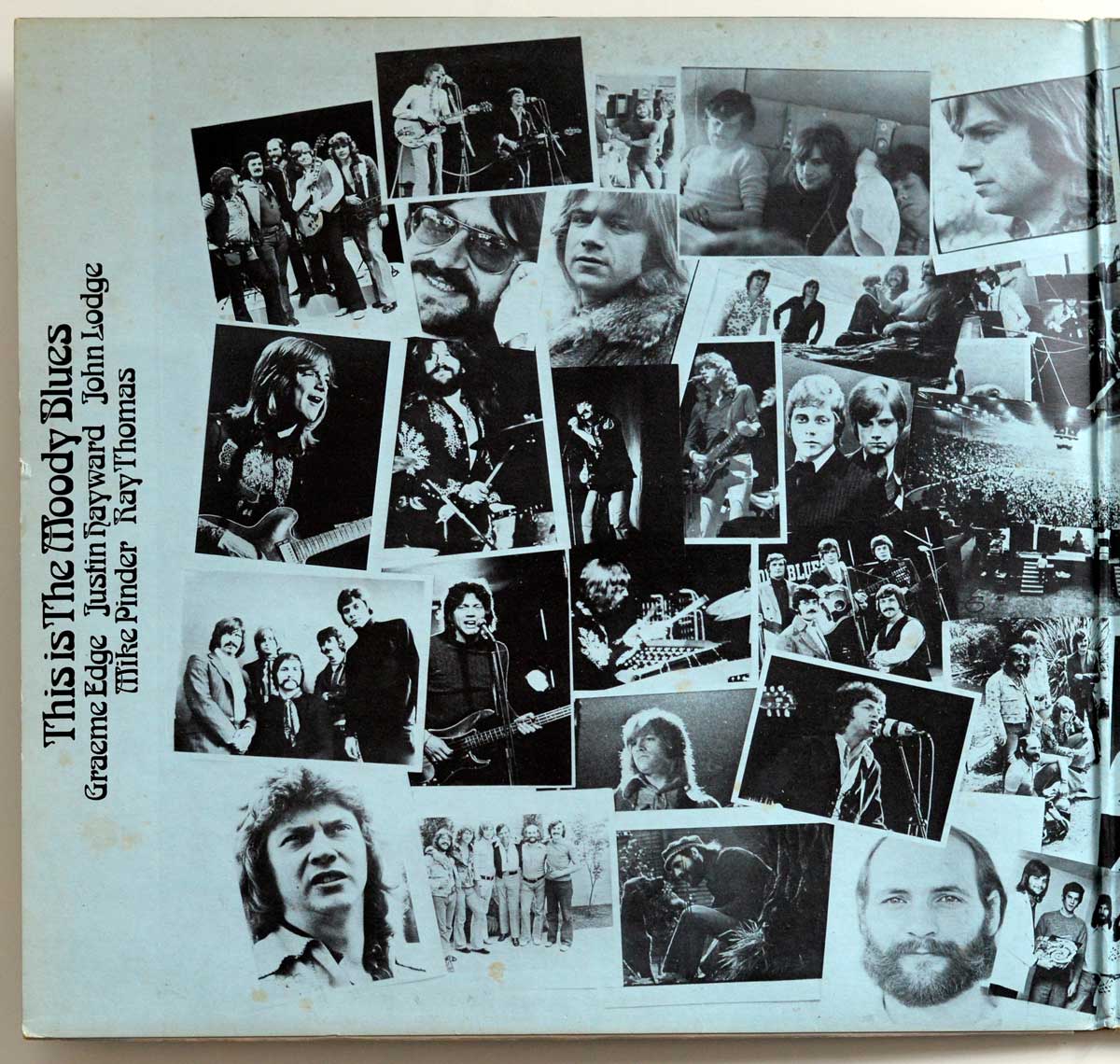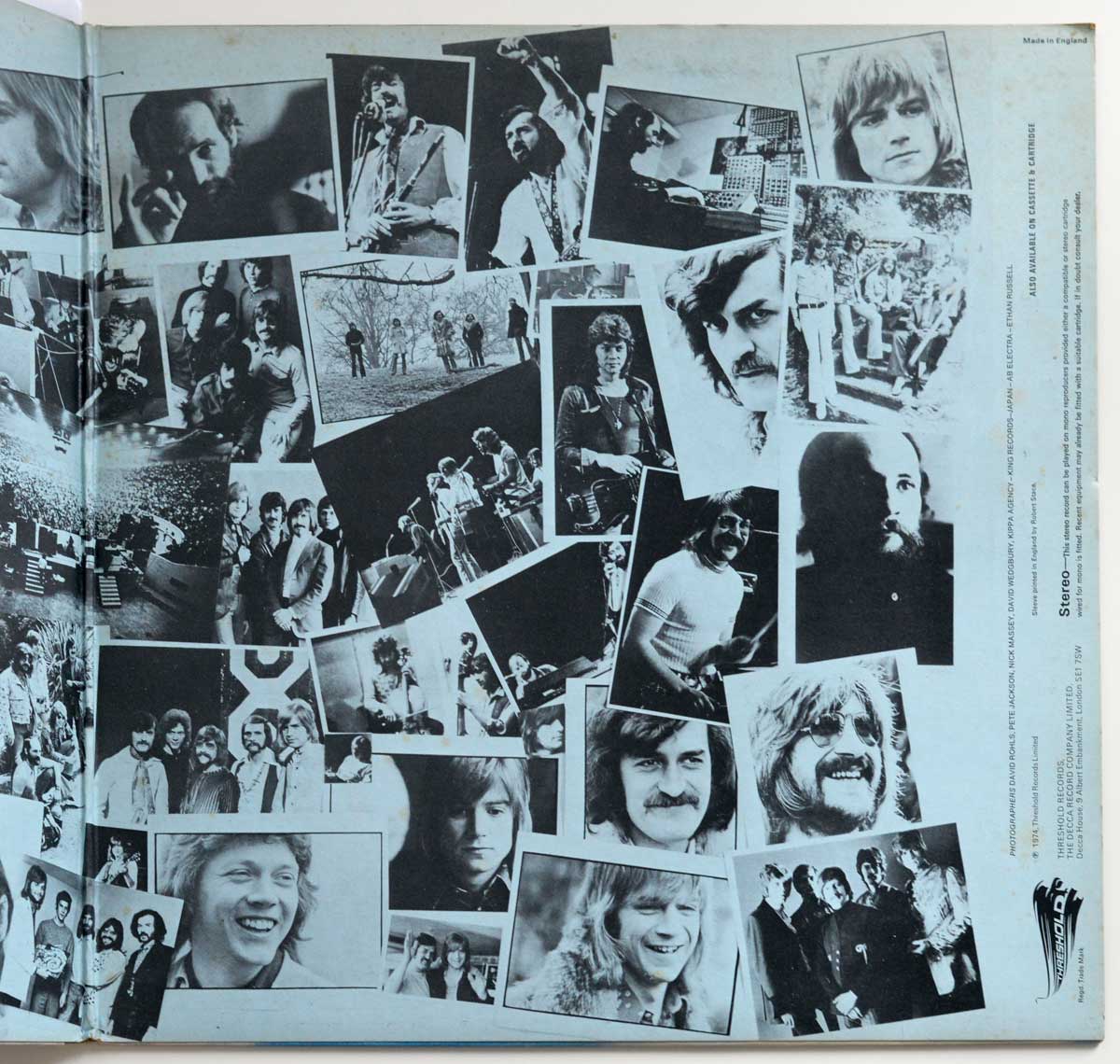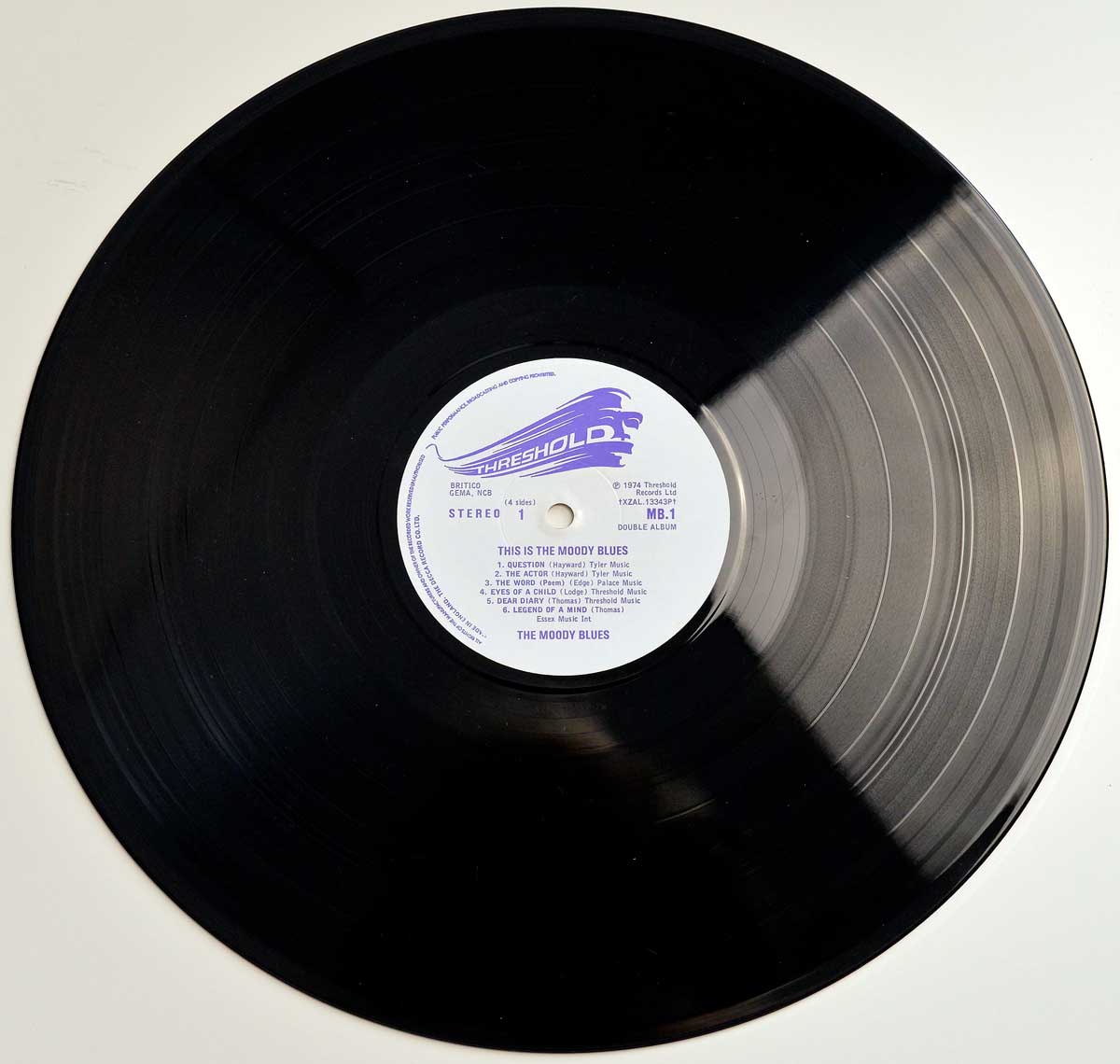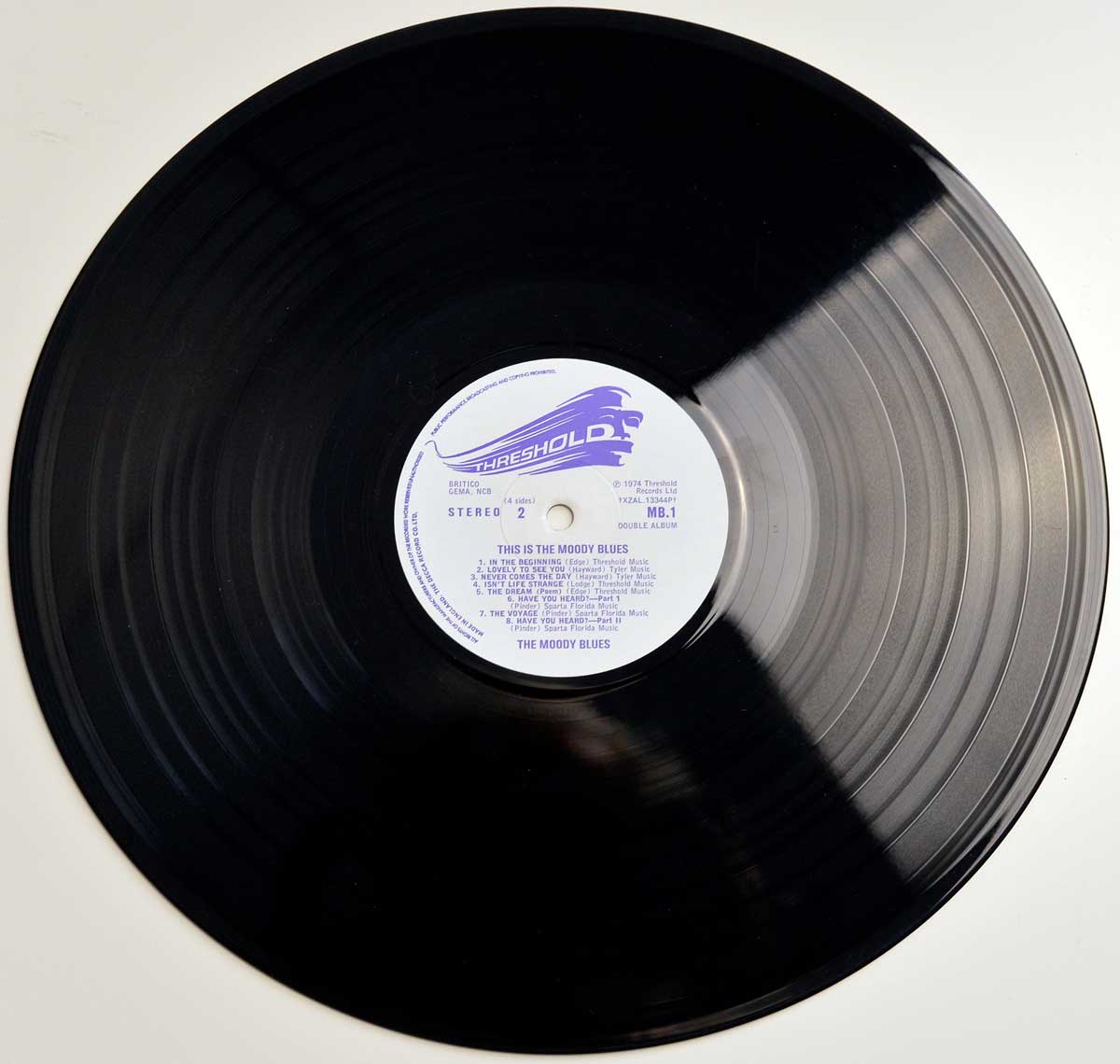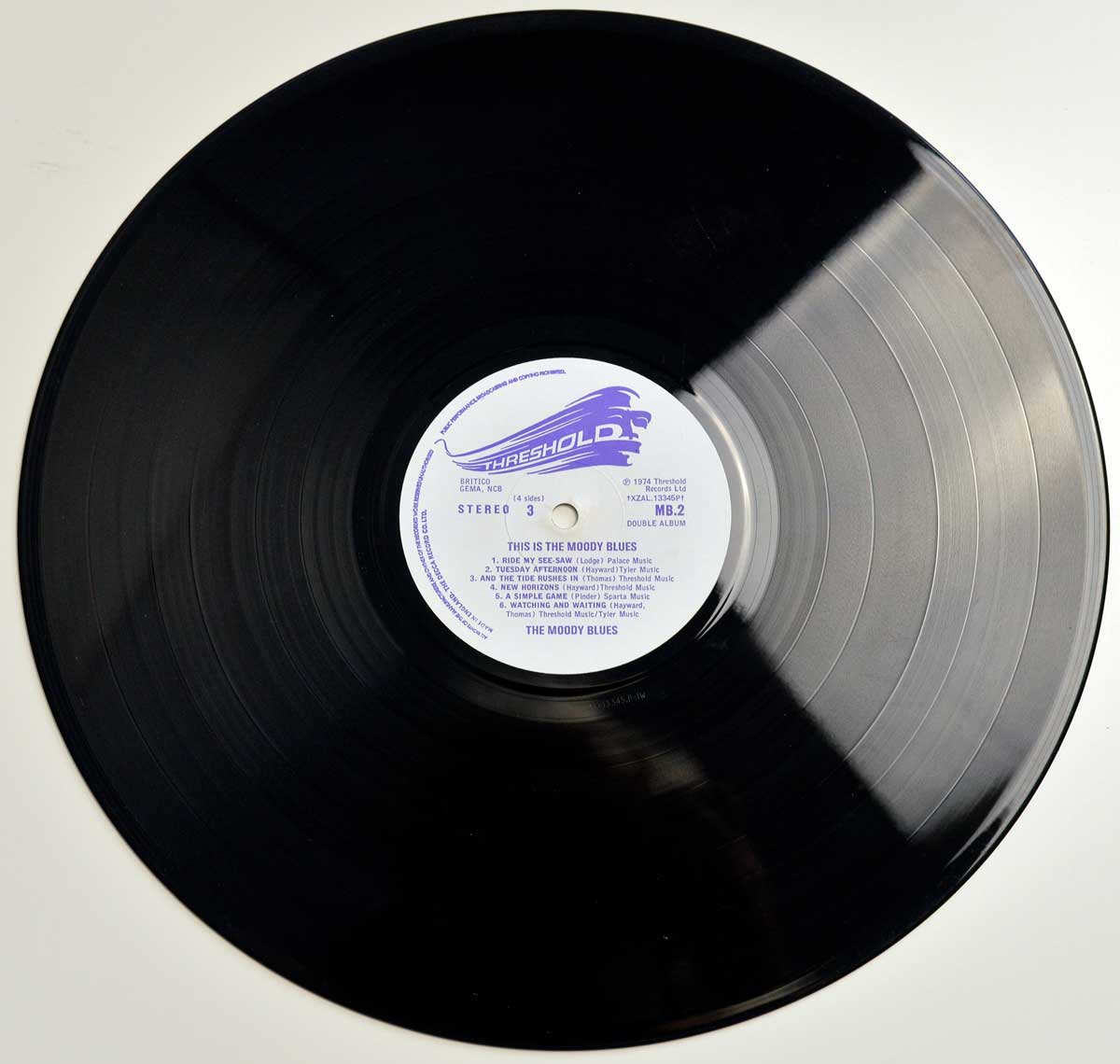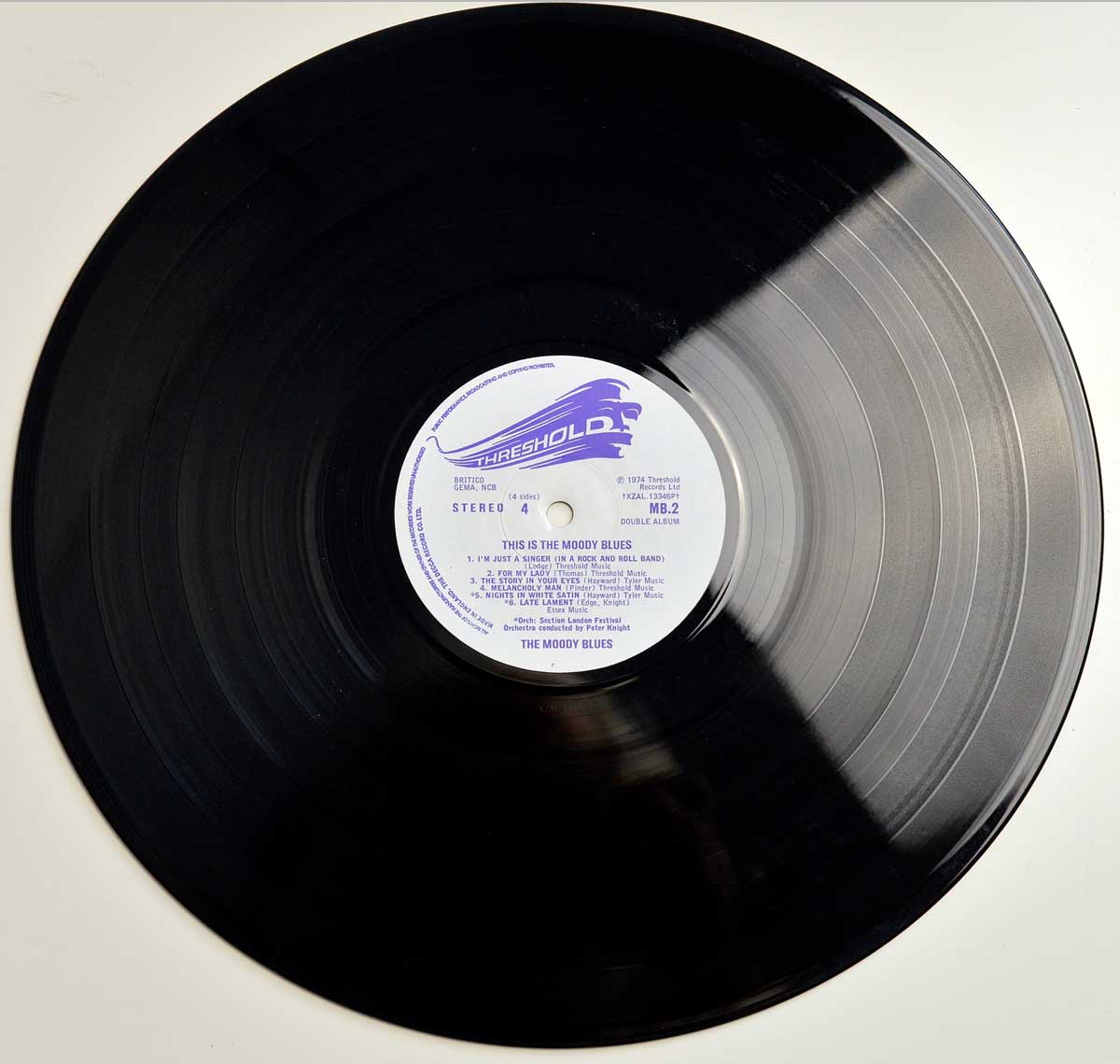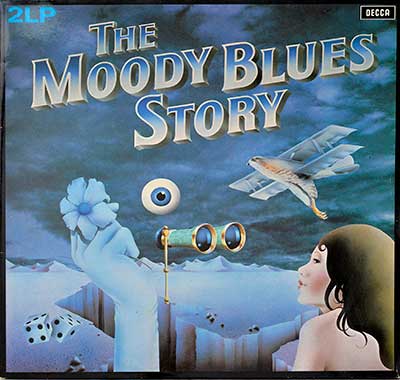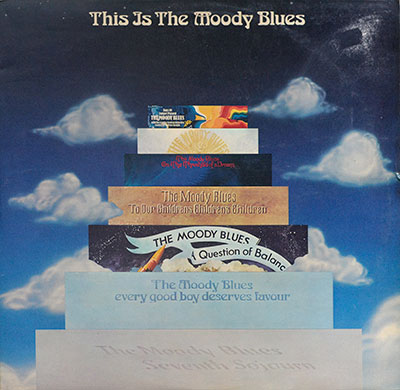In the heart of the 1970s, amidst the vibrant tapestry of rock's evolution, the Moody Blues graced the music scene with their iconic double LP compilation, "This Is The Moody Blues." Released in 1974 as a UK pressing, the album encapsulates a pivotal era of musical exploration, artistic expression, and a hint of controversy.
Historical Context: A Glimpse into the '70s
The 1970s was a decade of transition for rock music, with artists experimenting with diverse sounds and styles. Prog rock, a genre characterized by complex compositions and instrumentation, was gaining momentum. The Moody Blues, who had already established themselves with their psychedelic and symphonic rock anthems, were perfectly poised to embrace this new wave of creativity.
Musical Exploration: A Kaleidoscope of Sounds
"This Is The Moody Blues" is a curated collection of the band's most beloved tracks, showcasing their signature blend of rock, folk, and orchestral elements. From the hauntingly beautiful "Nights in White Satin" to the whimsical "Ride My See-Saw," the album traverses a spectrum of emotions and musical textures. Each song is a window into the band's artistic journey, revealing their growth as composers and performers.
Controversies and Artistic Freedom
While the album was largely embraced by fans and critics alike, it wasn't without its share of controversies. Some purists felt that the omission of certain fan favorites from the band's earlier catalog was a missed opportunity. However, others appreciated the compilation's focus on the band's more recent material, highlighting their ongoing musical evolution.
